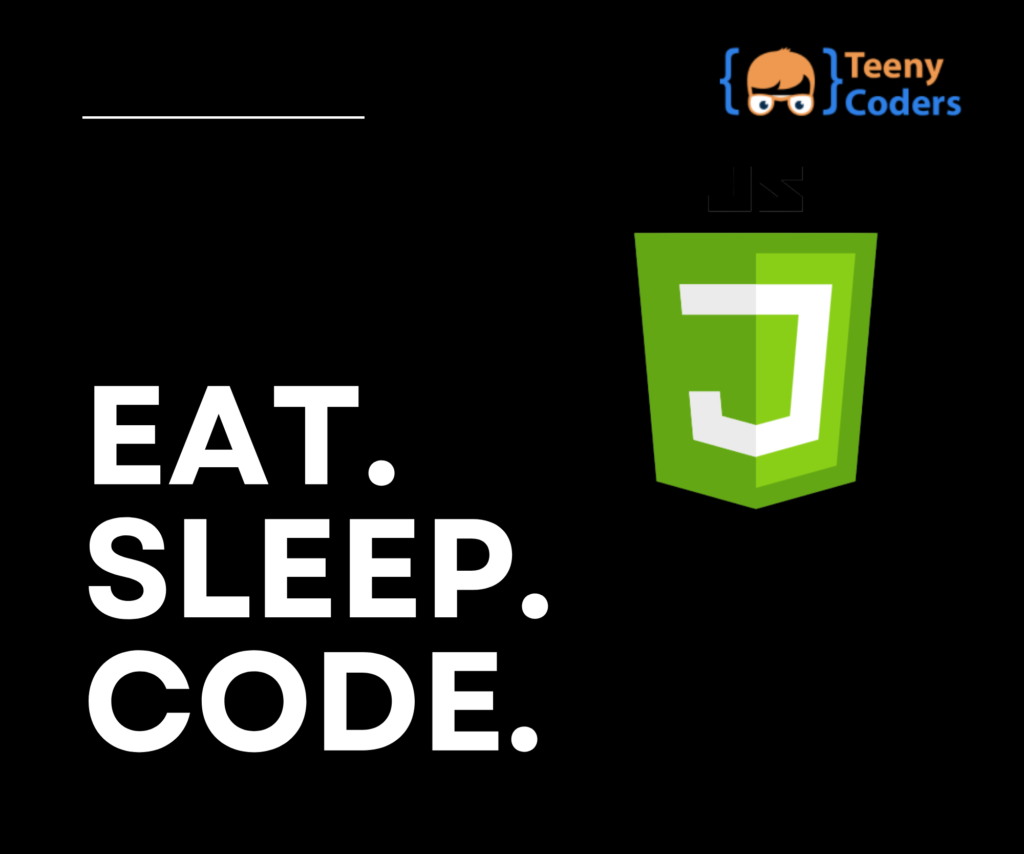Introduction
JavaScript, being one of the most popular programming languages for web development, plays a crucial role in creating dynamic and interactive websites. Sorting data is an essential operation in programming, and JavaScript provides numerous techniques to efficiently sort arrays and objects. In this article, we will explore Sort by JavaScript, a powerful concept that enables developers to organize data effectively.
Sort by JavaScript: Understanding the Basics
Sorting in JavaScript involves arranging elements in an array or an object based on specific criteria, such as numerical or alphabetical order. The `sort()` method is a built-in JavaScript function that allows you to sort arrays. It can sort elements as strings by default, which may lead to unexpected results when sorting numbers.
1. The `sort()` Method: Sorting Arrays with JavaScript
The `sort()` method is a fundamental feature in JavaScript, allowing you to sort the elements of an array. Let’s dive into its syntax and usage:
Javascript
- const fruits = [‘banana’, ‘apple’, ‘orange’, ‘grapes’];
- fruits.sort();
- console.log(fruits); // Output: [‘apple’, ‘banana’, ‘grapes’, ‘orange’]
To sort numbers in ascending order, you can provide a comparison function:
Javascript
- const numbers = [10, 5, 8, 2, 3];
- numbers.sort((a, b) => a – b);
- console.log(numbers); // Output: [2, 3, 5, 8, 10]
2. Sort by JavaScript: Different Sorting Algorithms
JavaScript offers various sorting algorithms, each with its strengths and weaknesses. Understanding these algorithms can help you choose the most appropriate one for your specific use case. Some common sorting algorithms include:
Bubble Sort
Bubble Sort is a simple and intuitive algorithm that repeatedly steps through the list, compares adjacent elements, and swaps them if they are in the wrong order.
Quick Sort
Quick Sort is a highly efficient and widely used sorting algorithm. It employs a divide-and-conquer approach, partitioning the array into smaller sub-arrays and sorting them recursively.
Merge Sort
Merge Sort is another popular algorithm that divides the input array into two halves, recursively sorts them, and then merges the sorted halves.
Heap Sort
Heap Sort is a comparison-based sorting algorithm that uses a binary heap data structure to sort elements efficiently.
Radix Sort
Radix Sort is a non-comparative sorting algorithm that sorts integers by grouping digits, from the least significant digit to the most significant.
3. Performance Analysis: Comparing Sorting Algorithms
When dealing with large datasets, the performance of sorting algorithms becomes critical. Let’s compare the time complexity of the sorting algorithms mentioned earlier:
| Sorting Algorithm | Time Complexity (Average Case) |
|——————-|——————————-|
| Bubble Sort | O(n^2) |
| Quick Sort | O(n log n) |
| Merge Sort | O(n log n) |
| Heap Sort | O(n log n) |
| Radix Sort | O(nk) |
4. Sorting Objects by a Specific Property
Sorting objects in JavaScript requires a comparison function that determines the sorting order based on a specific property of the objects. Let’s take an example of sorting an array of objects representing books based on their publication year:
Javascript
const books = [
{ title: ‘Book A’, year: 2005 },
{ title: ‘Book B’, year: 1998 },
{ title: ‘Book C’, year: 2010 }
];
books.sort((a, b) => a.year – b.year);
console.log(books);
5. Sorting in Descending Order
By default, `sort()` arranges elements in ascending order. To sort an array in descending order, you can modify the comparison function accordingly:
Javascript
- const numbers = [10, 5, 8, 2, 3];
- numbers.sort((a, b) => b – a);
- console.log(numbers); // Output: [10, 8, 5, 3, 2]
- 6. Handling Edge Cases and Complex Sorting
When sorting complex data structures or arrays of objects with multiple properties, you may encounter unique scenarios that require custom sorting functions. By understanding various sorting techniques, you can develop solutions to handle these edge cases effectively.


